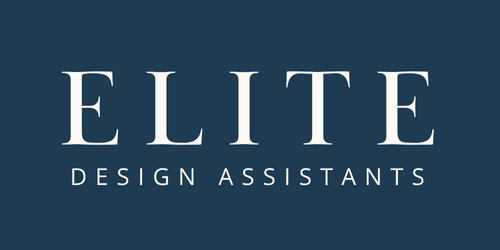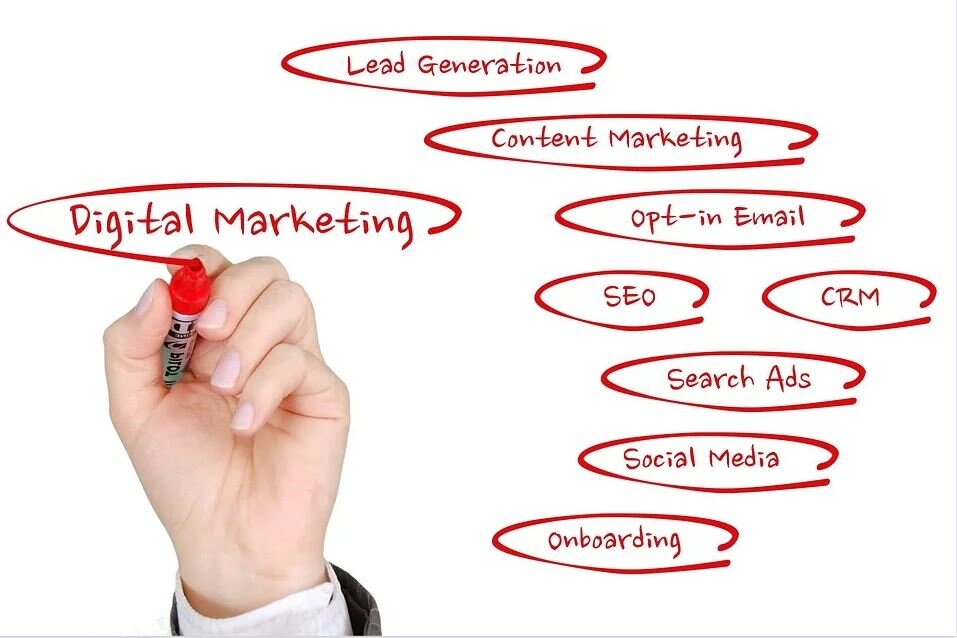Start Offering E-Design Services!
/
Now that we are all quarantined from the outside world and spending more time than ever in our homes, we all want to be in a beautiful space. E-design will become more popular than ever as interior designers find creative ways to continue to work with clients and clients desire to make their quarantine spaces more attractive. Let’s be honest, spending time in a beautifully designed space is much better for the soul especially during times like these.
Marketing your e-design service should be an easy sell at the moment. Sign up for my weekly e-mail at www.elitedesignassistants.com and I’ll send you a FREE client/prospect email you can send to your current clients, prospects and email subscriber list regarding your e-design service.
Need more information on e-design for your own business? Here you go!
How does e-design work? (This is a very high-level overview of the process.)
1. Offer your clients/prospects an intro call and/or zoom meeting to see what their needs are and review your e-design packages. Be sure to explain that in e-design everything is done remotely, so it will not include on-site visits, installation, construction, etc.
2. Once they choose to work with you, email them your LOA (you may need to adjust this for e-design services) and once it’s received email them a modified version of the questionnaire you normally would in your business. Ask them to include inspiration photos as well as pictures and measurements of the space they want you to design.
3. Let the designing begin. You can create concept boards, 3d renders and a shopping list for your clients. The shopping list can include links to your affiliate sites for self-ordering or you can offer trade options that you’ll place orders for them as you normally would.
4. Send your clients the package (concept board, render, shopping list) along with instructions on how to order products and install the design.
5. Once they’ve implemented your design, ask them to provide after photos so you can use them in your before/after portfolio for e-design. I know a lot of e-designers struggle with getting the after photos so maybe offer some sort of incentive to get those. 😊
6. Send them a thank you and let them know you’re happy to help them again in another space.
Pricing – Just like in regular design, pricing is very different for all e-designers. Many of them offer a variety of packages. Some ideas of pricing and options I’ve seen are as follows:
1. Full design per room includes concept board, floor plan, paint palette, shopping list, render, written instructions for installation and a 60 day follow up. Priced anywhere from $700 - $1,000.
2. Design per room includes everything above EXCEPT render. Priced anywhere from $500 - $650.
3. Refresh per room – this would be refreshing what they have and styling it, you could still offer a small shopping list of items. Priced anywhere from $300 - $450.
4. You can also offer online consultations, furniture layouts or shoppable boards for specific styles.
There are definitely options for you during this time to still do what you love. There are a lot of resources now on e-design. You can try the Facebook Group called edesign Tribe as a great place to start. Many groups are doing special live training on e-design during this time.
As always, please let me know what you need as I’m happy to help!
XX, Danae
















